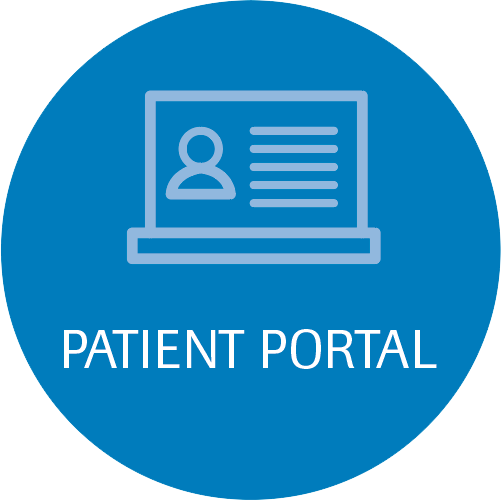What is a Carotid Ultrasound and what does it do?
The carotid ultrasound is most frequently performed to detect narrowing, or stenosis, of the carotid artery, a condition that substantially increases the risk of stroke.
The major goal of carotid ultrasound is to screen patients for blockage or narrowing of their carotid arteries, which if present may increase their risk of having a stroke. If a significant narrowing is detected, a comprehensive treatment may be initiated.
It may also be performed if a patient has high blood pressure or a carotid bruit (pronounced brU-E)—an abnormal sound in the neck that is heard with the stethoscope.
Risk factors indicating the need for a carotid ultrasound are:
- diabetes
- elevated blood cholesterol
- a family history of stroke or heart disease
Risk factors indicating the need for a carotid ultrasound are:
- locate a hematoma, a collection of clotted blood that may slow and eventually stop blood flow.
- check the state of the carotid artery after surgery to restore normal blood flow.
- verify the position of a metal stent placed to maintain carotid blood flow.
Risk factors indicating the need for a carotid ultrasound are:
- blockages to blood flow (such as clots).
- narrowing of vessels.
- tumors and congenital vascular malformation.
Who performs the test?
An ultrasonographer specifically trained or certified in Ultrasound imaging.
Where does it take place?
Jackson Hospital Outpatient Center Hudnall Building, Room 110, located adjacent to the Hospital.
How long does it take?
This exam generally takes about 30 minutes to complete.
What can I do to make it a success?
- Bring your doctor’s orders with you when you come for your scheduled exam.
- Wear comfortable, easy to remove clothing.
- Follow all preparation instructions given to you by your physician’s office. If you have any questions, please call us for clarification. We want your exam to be as successful as possible.
What should I do before the exam?
No special preparation is needed for this study. You will need to remove jewelry from your head or neck before the test.
What happens during the exam?
First, the technologist will explain the exam and may ask you historical questions that aid in obtaining a more diagnostic exam. You may be asked to undress above the waist and drape a towel or sheet around your shoulders. Remove all jewelry from your head or around your neck.
You will lie on your back (or on your side) on a padded exam table.
Warmed gel will be spread on your neck to improve the quality of the sound waves. A small handheld unit called a transducer is pressed against your neck and moved back and forth over it. A picture of the blood vessels can be seen on a video monitor.
You need to lie very still while the ultrasound scan is being done.
Doppler sonography is performed using the same transducer.
What should I do after the exam?
The radiologist will review your image(s) and a final report will go to your ordering physician in 24-48 hours.
Contact Information:
Ultrasound Department (at main hospital): (850) 718-2582
Ultrasound Department (at OP Center): (850) 526-6702
Radiology Department: (850) 718-2580
Hospital (main operator): (850) 526-2200





